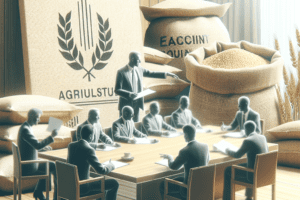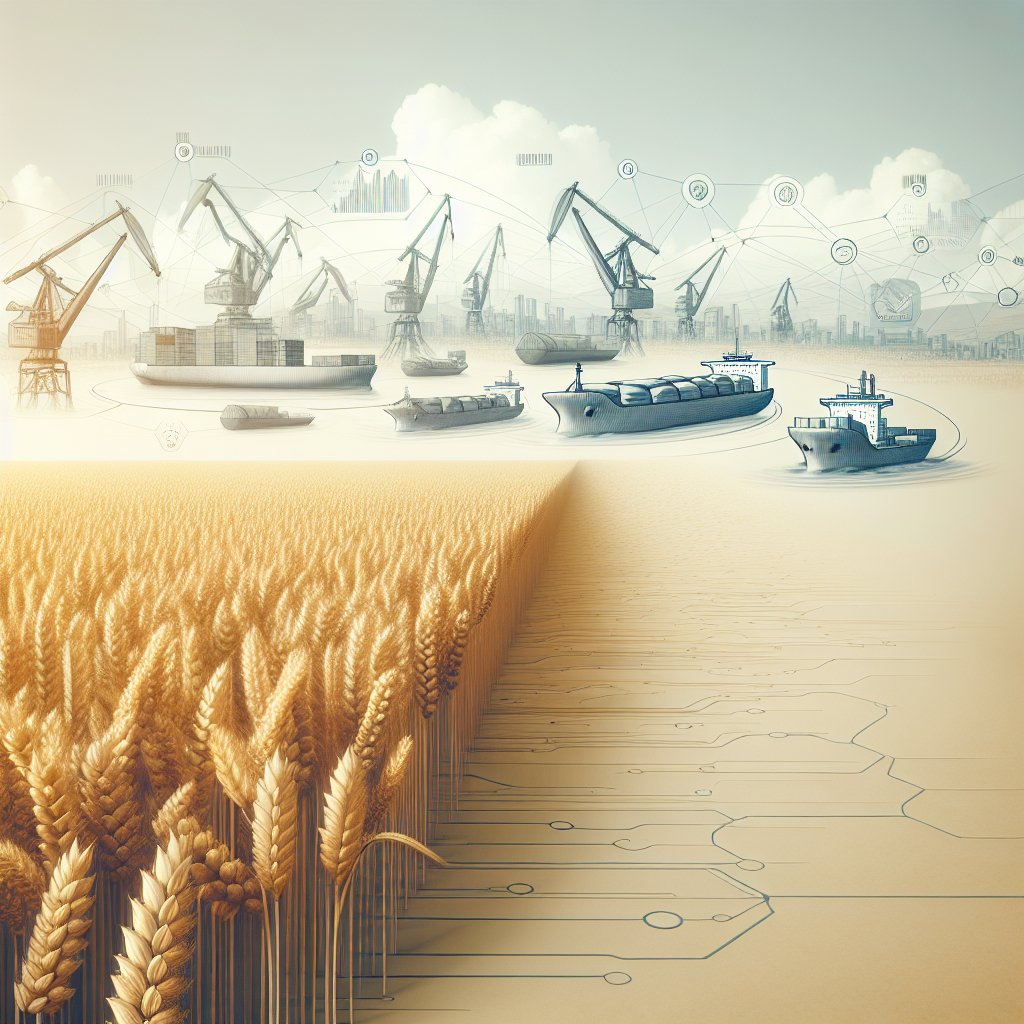The economics of wheat production and trade play a crucial role in global food security and agricultural markets. As one of the most widely cultivated and consumed grains in the world, wheat serves as a staple food for billions of people. Understanding the dynamics of wheat production, pricing, and international trade is essential for policymakers, farmers, and consumers alike. This article delves into the various factors influencing wheat production and trade, examining the economic implications and the challenges faced by the industry.
Factors Influencing Wheat Production
Wheat production is influenced by a myriad of factors, ranging from climatic conditions to technological advancements. Each of these elements plays a significant role in determining the quantity and quality of wheat produced globally.
Climatic Conditions
Climate is perhaps the most critical factor affecting wheat production. Wheat thrives in temperate climates with well-distributed rainfall. However, variations in weather patterns, such as droughts or excessive rainfall, can severely impact yields. For instance, regions like the Great Plains in the United States and the wheat belt in Australia are particularly sensitive to climatic changes. Farmers must adapt their practices to mitigate the risks associated with climate variability, which may include selecting drought-resistant varieties or employing advanced irrigation techniques.
Soil Quality and Fertility
The quality of soil is another vital determinant of wheat production. Fertile soils rich in nutrients are essential for healthy crop growth. Farmers often engage in soil management practices, such as crop rotation and the use of fertilizers, to enhance soil fertility. The availability of arable land also plays a significant role; as urbanization expands, the amount of land available for wheat cultivation may decrease, leading to potential supply constraints.
Technological Advancements
Technological innovations have revolutionized wheat production over the past few decades. The introduction of high-yielding varieties, improved pest and disease management techniques, and precision agriculture practices have significantly increased productivity. Biotechnology, including genetically modified organisms (GMOs), has also contributed to higher yields and better resistance to environmental stresses. However, the adoption of such technologies varies across regions, often influenced by regulatory frameworks and public perception.
Economic Factors
The economics of wheat production are also shaped by various economic factors, including labor costs, input prices, and market access. In many developing countries, smallholder farmers face challenges related to access to credit, which limits their ability to invest in modern farming techniques. Additionally, fluctuations in the prices of inputs such as seeds, fertilizers, and fuel can impact profitability. Understanding these economic dynamics is crucial for farmers to make informed decisions about production practices and investment strategies.
The Global Wheat Market
The global wheat market is characterized by complex trade relationships and varying demand across different regions. Several key players dominate the market, influencing prices and trade flows.
Major Wheat Producers
The leading wheat producers include countries such as China, India, Russia, and the United States. Each of these nations has distinct agricultural practices and policies that affect their production levels. For instance, China and India primarily focus on domestic consumption, while Russia and the United States are significant exporters. The competition among these countries can lead to fluctuations in global wheat prices, impacting food security in importing nations.
Trade Policies and Agreements
Trade policies play a crucial role in shaping the global wheat market. Tariffs, quotas, and export restrictions can significantly influence trade flows. For example, countries may impose export bans during periods of domestic shortages to ensure food security, which can lead to increased prices in the global market. Additionally, trade agreements, such as the North American Free Trade Agreement (NAFTA) or the European Union’s Common Agricultural Policy, can facilitate or hinder wheat trade between nations.
Market Demand and Consumption Trends
Wheat consumption patterns are evolving, driven by changes in dietary preferences and population growth. In many developing countries, rising incomes are leading to increased demand for wheat-based products, such as bread and pasta. Conversely, in some developed nations, there is a growing trend towards gluten-free diets, which may impact wheat consumption. Understanding these trends is essential for producers and traders to anticipate market shifts and adjust their strategies accordingly.
Price Volatility and Its Implications
Price volatility is a significant concern in the wheat market, influenced by factors such as weather events, geopolitical tensions, and changes in global demand. Sudden spikes in wheat prices can have far-reaching implications, particularly for low-income countries that rely heavily on imports. Policymakers must develop strategies to mitigate the impact of price volatility on food security, which may include establishing strategic reserves or implementing price stabilization mechanisms.
Challenges in Wheat Production and Trade
Despite the importance of wheat in global food systems, the industry faces several challenges that threaten its sustainability and efficiency.
Climate Change
Climate change poses a significant threat to wheat production, with rising temperatures and changing precipitation patterns affecting crop yields. Farmers must adapt to these changes by adopting more resilient farming practices and investing in research to develop climate-smart wheat varieties. Failure to address the impacts of climate change could lead to decreased production and increased food insecurity.
Pest and Disease Management
Pests and diseases are persistent challenges in wheat production, leading to significant yield losses. The emergence of new pests and diseases, exacerbated by climate change, requires ongoing research and development of effective management strategies. Integrated pest management (IPM) practices, which combine biological, cultural, and chemical control methods, are essential for sustainable wheat production.
Market Access and Infrastructure
Access to markets is crucial for wheat producers, particularly smallholder farmers in developing countries. Inadequate infrastructure, such as poor transportation networks and limited access to storage facilities, can hinder farmers’ ability to sell their products and receive fair prices. Investments in rural infrastructure and market access initiatives are essential to support the livelihoods of wheat producers and enhance food security.
Policy and Regulatory Challenges
Government policies and regulations can significantly impact wheat production and trade. Inconsistent policies, lack of support for farmers, and bureaucratic hurdles can create barriers to entry for new producers and limit the growth of the industry. Policymakers must work collaboratively with stakeholders to create an enabling environment that supports sustainable wheat production and trade.
Conclusion
The economics of wheat production and trade are complex and multifaceted, influenced by a range of factors from climate to market dynamics. As the global population continues to grow, the demand for wheat is expected to rise, necessitating increased production and efficient trade practices. Addressing the challenges faced by the wheat industry, including climate change, pest management, and market access, will be essential for ensuring food security and supporting the livelihoods of millions of farmers worldwide. By fostering innovation, collaboration, and sustainable practices, the wheat sector can navigate the complexities of the global market and contribute to a more secure food future.













